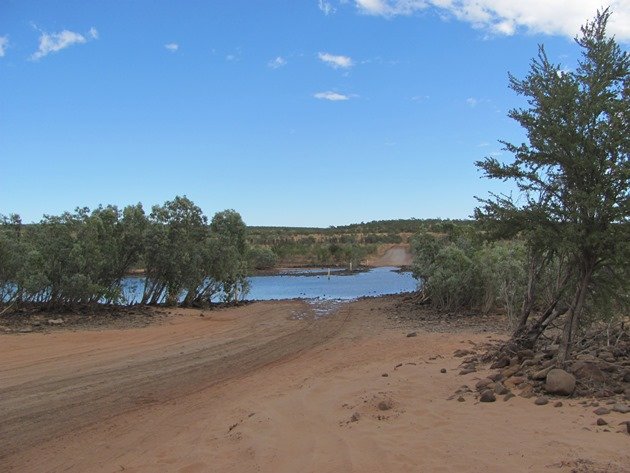
On our trip to the north of Western Australia we took the opportunity to visit the Pentecost River, which is south of Wyndham and is near the start of the infamous Gibb River Road. The Gibb River Road is a mostly gravel road that runs approximately 670 kilometres from south of Wyndham to Derby in the west. We have explored the western end of the Gibb River Road over the years, but had never been to the Pentecost River on the eastern end. The Gibb River Road is not open all year, because once our wet season rains arrive the road becomes impassable and it is often the Pentecost River that is the cause of it still remaining closed once the area starts to dry out. Even around Derby the landscape completely changes if you visit in December as opposed to July. The Gibb River Road is extremely popular during the months that it is open each year and basically if you buy a four-wheel drive and head to the Kimberley area of Western Australia it is on your “must do” list of things to do. It is for this reason that we have generally avoided it unless we can travel sections of it prior to it being completely open when there is minimal traffic. The first 25 kilometres of the Gibb River Road from the east is good bitumen, enabling those without four-wheel drives to visit some of the gorges, but there is a warning straight away that it is unfenced cattle country and everything roams free. It is not generally advisable to travel from dusk to dawn due to the risk of animals crossing the roads.
The start of the Gibb River Road from the east
We were intrigued to see the Cockburn Range, which is the magnificent range that you pass through to get to the Pentecost River and it really is spectacular. With changing light and with dust hanging in the air from the vehicles passing along the gravel road it truly is a beautiful area of the north. The bitumen road turns to a rough gravel road after approximately 24 kilometres and the Pentecost River is approximately another 26 kilometres further along.
The spectacular Cockburn Range
We pulled up beside the Pentecost River, because unlike the numerous four-wheel drives that had reached it to cross it twice we were there to go bird watching. The vehicles were crossing twice, because everybody crossed it and then once they had they would decide to do it again and film it! Some vehicles found the shallower sections and some did not, so it was entertaining in between birding! A tow truck had rescued a four-wheel drive and camper trailer, so not every vehicle completes the journey successfully. That appears to be part of the challenge!
As soon as we pulled up and got out of our vehicle we were extremely excited to find Gouldian Finch right in the tree next to us. It really didn’t matter if the Pentecost River could not offer us many other species, because Gouldian Finch are a rare bird to observe in the wild. The juvenile Gouldian Finch are very dull looking birds, but the red-headed adult Gouldian Finch was very brightly coloured. The red-headed Gouldian Finch is not as common as the black-headed Gouldian Finch and account for about a quarter of the species. Very few Gouldian Finch have golden heads, but they do also occur naturally in the wild.
Juvenile and adult Gouldian Finch
Red-headed Gouldian Finch
We moved away from the vehicle carefully and approached the Pentecost River where there were numerous shallow pools and there were numerous species of birds taking advantage of the fresh water. In a dry continent you are guaranteed to find a good variety of birds at any river and the Pentecost was a fine example. Long-tailed Finch, Masked Finch, Double-barred Finch and Gouldian Finch were all gathering together to drink among the rocks.
Gouldian Finch, Masked Finch and Double-barred Finch
Both Yellow-tinted Honeyeaters and Brown Honeyeaters came down to the rocks to drink. Diamond Doves and Peaceful Doves flew in and quenched their thirst alongside the Magpie-larks. We were able to walk to the middle of the river across the rocks due to the water level being low at the time of day that we visited and scan further afield. Little Black Cormorants, Australian Pelicans, Caspian Terns, Gull-billed Terns of the macro tarsus species, Eastern Great Egrets, Australasian Darter, Straw-necked Ibis, Little Egret and Black-fronted Dotterel were soon observed and our eyes turned to the skies. A young White-bellied Sea-Eagle soared overhead and other birds of prey included Brown Falcons, Whistling Kites and a Brown Goshawk. The blue sky would erupt in flocks of Fairy Martins as they swooped over the water. Torresian Crows had found something to feast on on the far bank and several Willie Wagtails flitted through the bushes.
We were suddenly aware of more Gouldian Finch in the nearby bushes in the centre of the Pentecost River and this time it included the more common black-headed of the species. They really are brightly coloured and unlike any other of the finch species in the complexity of their colouring.
Black-headed Gouldian Finch
Also in the nearby bushes there were Masked Finch and they were all dropping down to drink at the small pools of water left behind in the rocks.
Masked Finch
It was actually quite easy for birds to blend into the rocky riverbed and a fine example was the White-faced Heron that was hardly visible until it moved.
White-faced Heron
Heading back towards our vehicle there was the familiar three note call of the Striated Pardalote calling for a mate and the manic cackling of the Grey-crowned Babblers. The highlight of the hour spent around the Pentecost River crossing was easily the Gouldian Finch and of course there are no guarantees that they are there every day, but it is definitely worth driving out to the Pentecost River for the scenery as well as the possible chance of observing this rare and beautiful species of bird.
A few days later we headed off down the remote Duncan Road in search of a birding adventure without joining numerous other four-wheel drive vehicles on the “must do” Gibb River Road.

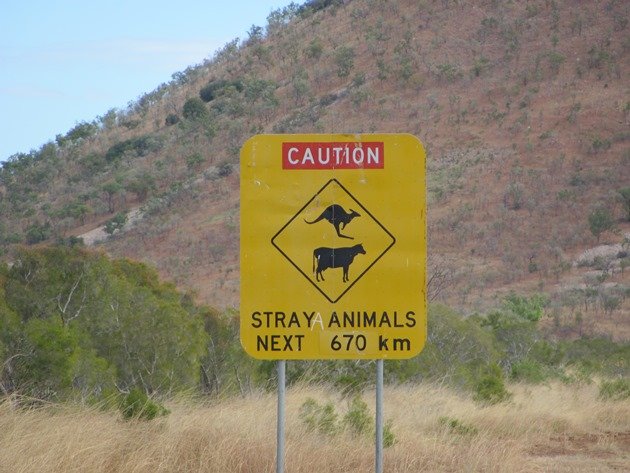
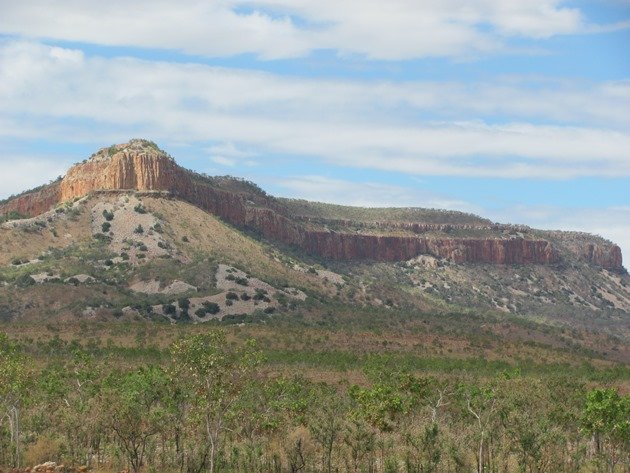
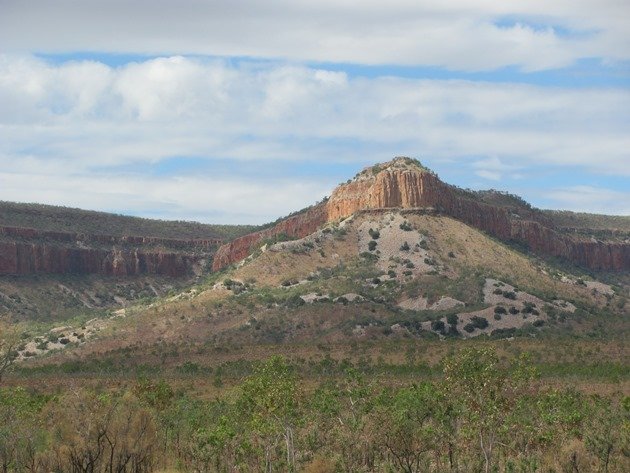
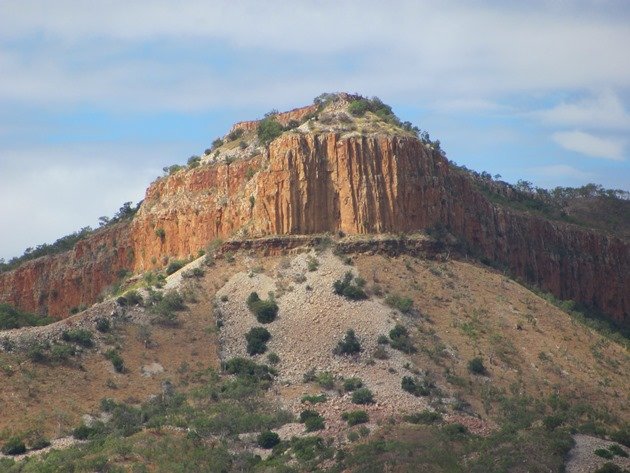
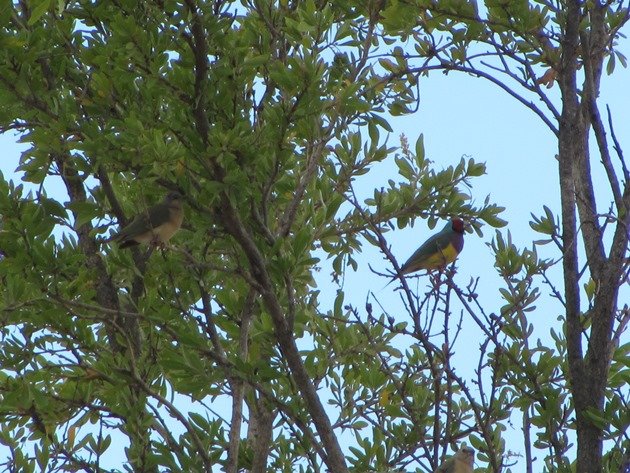
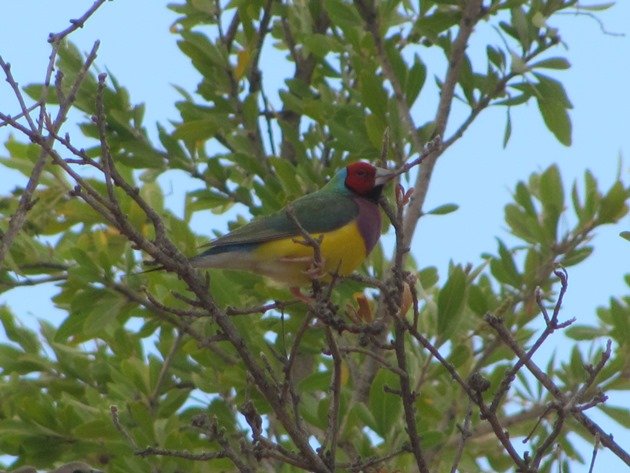
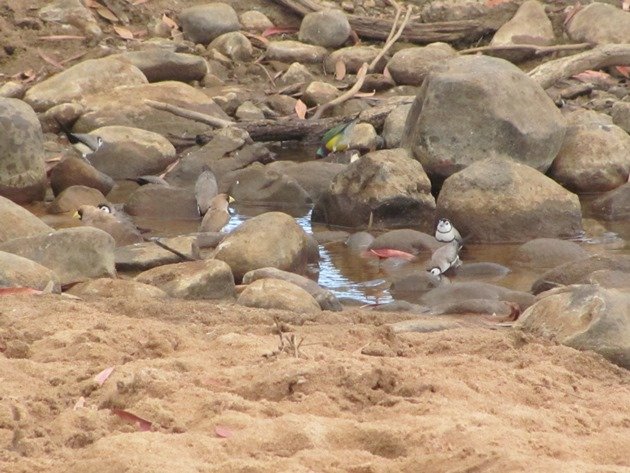
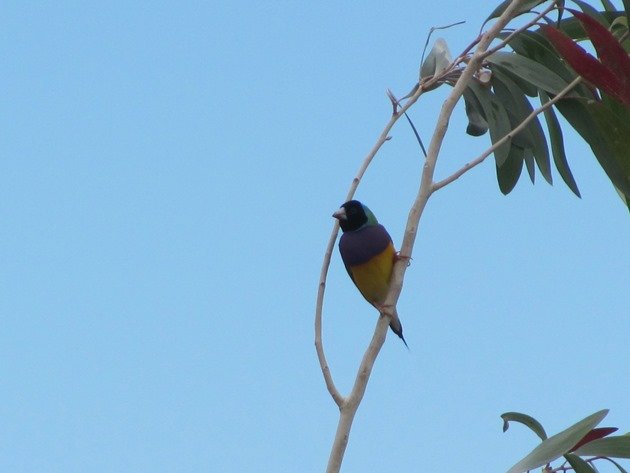
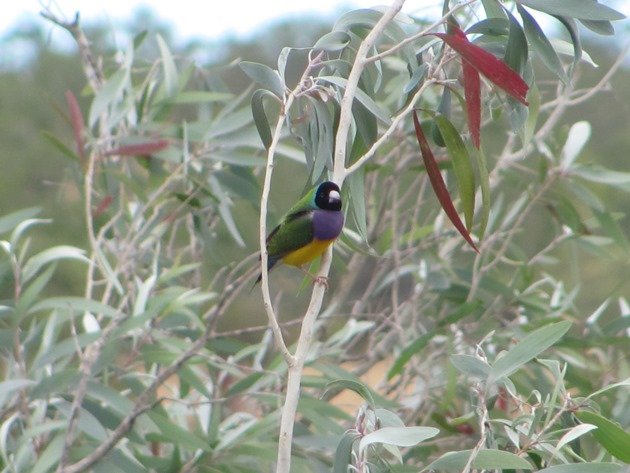
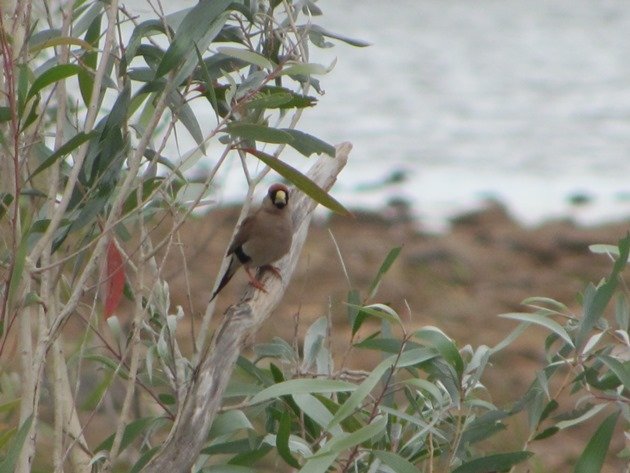
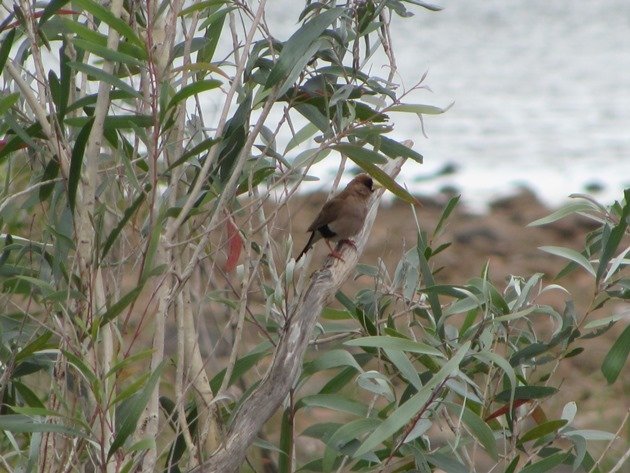
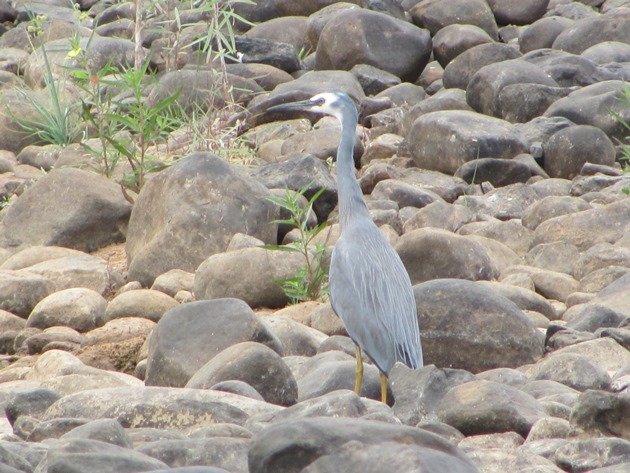



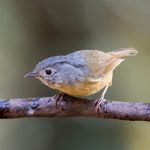






Leave a Comment